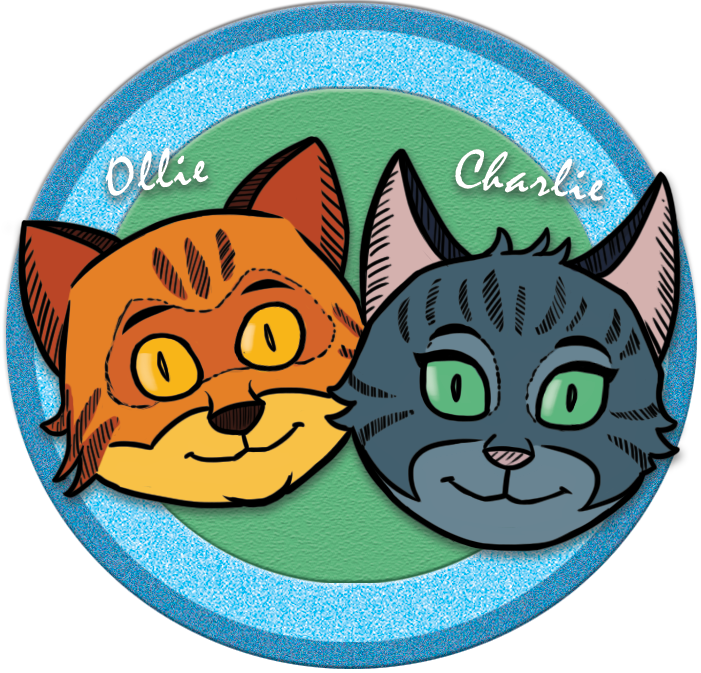Violin
History
It is often said that the Italian luthier Andrea Amati created the modern violin family around 1555. However, bowed stringed instruments were invented and in use long before. The violin is a descendant of medieval stringed instruments like the viol and the rebec. The name violin comes from the Latin vitula, which means “stringed instrument”.
Facts & Features
Violins are usually made of wood from spruce or maple trees. Modern violins are constructed from over 70 pieces of wood.
There are 10 sizes of violin – 1/64, 1/32, 1/16, 1/10, 1/8, 1/4, 1/2, 3/4, 7/8 and 4/4 or full size.
Violin strings were first made of sheep’s guts, also known as catgut. The gut was stretched, dried and then twisted. Gut strings are still used today, but they break easily and are sensitive to temperature and humidity. Modern strings are made of wound metal or synthetic high tech nylon.
Violin bows typically contain 150 to 200 hairs. They are most commonly made up of bleached horsehair and sometimes nylon.
A person who makes or repairs violins is called a luthier and an archetier is another name for a bowmaker.
Famous Players
Antonio Vivaldi - (1678–1741)
Pierre Rode - (1774–1830)
Alessandro Rolla - (1757 – 1841)
Jascha Heifetz - (1901–1987)
Anne Sophie Mutter - Germany (1963 - )
Music To Listen To
Bach – Six Sonatas and Partitas for solo violin
Mozart – Violin Concertos - Concert No. 5 in A major
Vaughn Williams – The Lark Ascending
Glinka – Overture to Russlan and Ludmilla
Find Out
Which violinist was nicknamed “Rubber Man” and why was he called this?
Who invented the violin chinrest?
